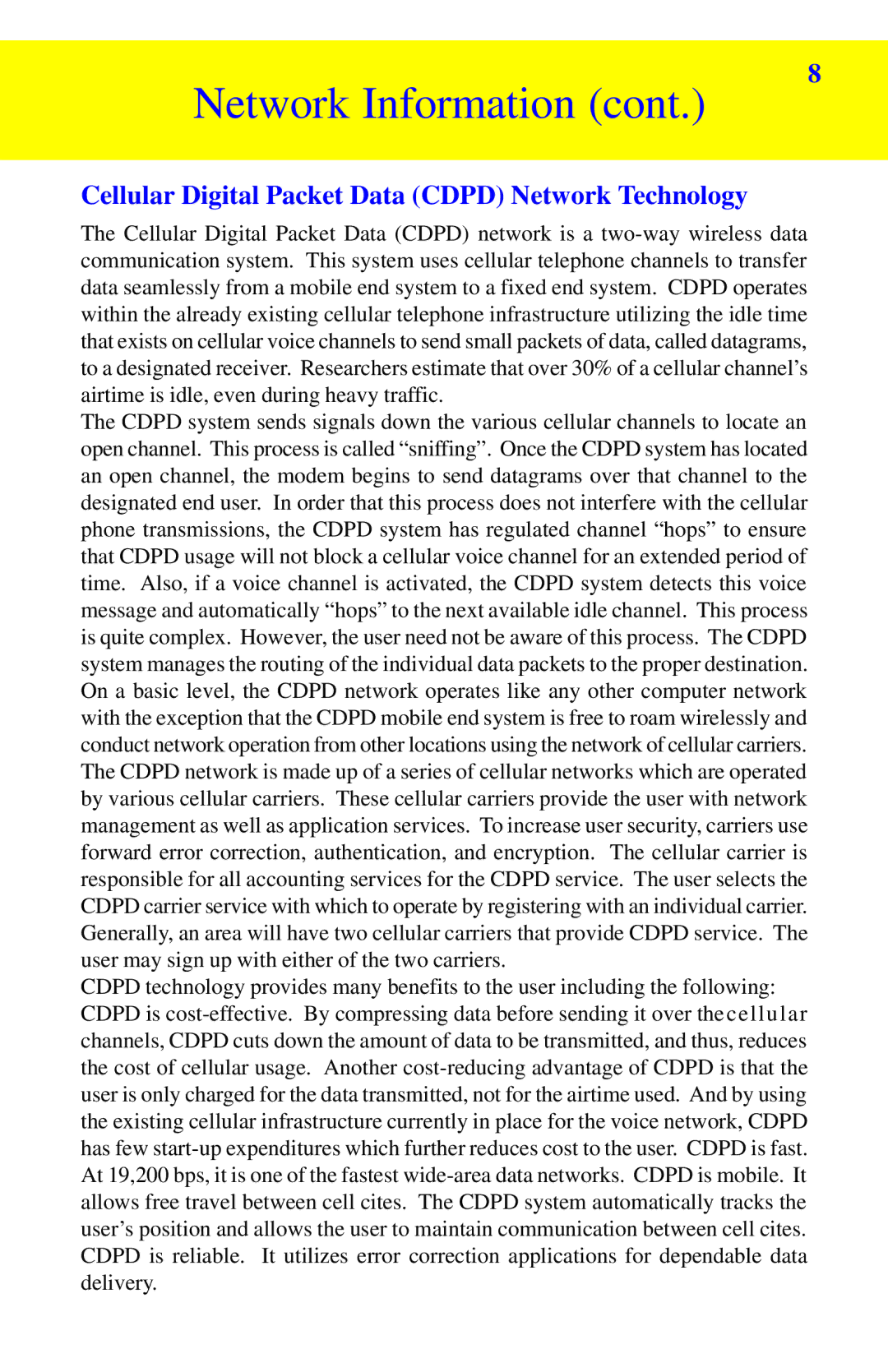CF-27******M-ADS, CF-27******M-CDP, CF-27******M-RAM specifications
The Panasonic CF-27 series represents a robust line of rugged laptops designed for professionals who require durability, reliability, and advanced technology in challenging environments. This laptop series is renowned for its resilience, offering features tailored to meet the demands of fieldwork in various industries, including law enforcement, healthcare, and construction.One of the standout models, the CF-27******M-RAM, is equipped with a powerful RAM configuration that enhances multitasking and overall performance. With this model, users can manage multiple applications simultaneously without experiencing lag or interruptions. This is particularly beneficial for professionals who rely on data-intensive applications while on the job, ensuring seamless workflow and efficiency.
Working alongside the CF-27******M-RAM is the CF-27******M-CDP, which emphasizes comprehensive connectivity options. This laptop comes equipped with various ports, including USB, Ethernet, VGA, and serial ports, allowing users to connect to an array of peripherals and external devices. The CF-27******M-CDP facilitates easy integration into existing work environments, providing the flexibility needed for various tasks.
Another essential aspect of the CF-27 series is represented by the CF-27******M-ADS, which highlights advanced functionality in data security and storage. This model features cutting-edge security protocols and technologies designed to protect sensitive information. The inclusion of features such as a fingerprint reader and smart card support ensures that only authorized users gain access to critical data, making it an ideal solution for industries that prioritize data confidentiality.
In terms of build quality, the CF-27 series is engineered to withstand harsh conditions. With a magnesium alloy chassis, the laptops are both lightweight and exceptionally sturdy. Additionally, the CF-27 laptops are typically tested against MIL-STD 810G standards, which confirm their resistance to shocks, vibrations, and extreme temperatures. The spill-resistant keyboard adds another layer of protection, making these laptops suitable for use in environments where spills and dirt might pose a risk.
The CF-27 series laptops also feature a bright, sunlight-readable display, ensuring visibility under various lighting conditions, a critical factor for those working outdoors. Battery life is optimized to support prolonged use, reducing downtime between charges and enhancing productivity.
In summary, the Panasonic CF-27 series, specifically the CF-27******M-RAM, CF-27******M-CDP, and CF-27******M-ADS models, offers a unique combination of performance, connectivity, and durability. They are perfectly equipped to handle the rigors of demanding work environments, making them an excellent choice for professionals seeking reliability and advanced technology in their computing solutions.

